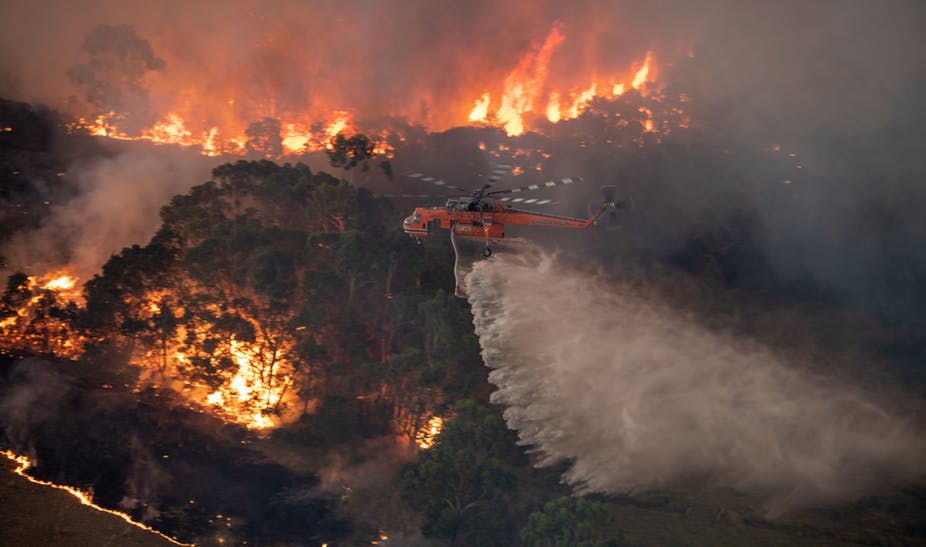By John Blackburn
As we deal with the ongoing bushfire disaster in Australia it is worth reflecting on the report the Department of Home Affairs National Resilience Taskforce did in 2018 on Australia’s disaster risk and vulnerabilities.
The aim of the report was to help understand where to prioritize collective efforts to reduce loss and harm across society.
It provides a frame to equip leaders at all levels to have a different conversation about disaster risk, so that together the actions and decisions we make can uphold public trust and confidence, reduce suffering and sustain a safe and prosperous nation.
Some of the vulnerabilities listed in the report are:
- High levels of dependency and growing system interconnectedness;
- Just-in-time supply, low levels of storage, hub and spoke distributions;
- Single sources or lines of supply and few alternative sources;
- Dependence on imports to meet demand (e.g. food, fuel);
- High expectations of continuous ongoing supply;
- Low tolerance for loss and disruption.
The inevitable Royal Commissions and Inquiries could do well to start with this report and reflect on their recommendations rather than reinventing the wheel.
national-resilience-taskforce-profiling-australias-vulnerabilityThe featured photo shows a firefighting helicopter tackles a bushfire near Bairnsdale in Victoria’s East Gippsland region, Australia. STATE GOVERNMENT OF VICTORIA
Editor’s Note: What can be learned as well is the challenge of dealing with crisis management in the broader sense as well.
The Challenges of Crisis Management: The ‘Phony War” as a Case Study


